“Haydar Pasha”
Haydarpaşa is the area directly north of Kadıköy on the Asian side of İstanbul which used to be home to the main terminal for Anatolian train services. The station is a magnificent building, designed in Germanic style in 1906 by Otto Ritter and Helmut Cuno and originally planned to provide an important link in a service that would run all the way from Berlin to Baghdad. The station was built on 1000 wooden poles anchored into the Sea of Marmara on the site of an older station dating backt to 1833. A little terminal designed in 1917 by Vedat Tek provided access to the new station by water; it was decorated with Kütahya tiles by the master ceramicist, Hafız Mehmed Emin Efendi. Many of the men who worked on the new station lived in nearby Yeldeğirmen where buildings associated with them still survive.
In 2010 the roof of the station caught fire, exposing the interior to the elements. As restoration nears completion, a question mark still hangs over the fate of the station. It is possible that it will reopen as a rail terminus for high-speed and other trains to Anatolia in 2024.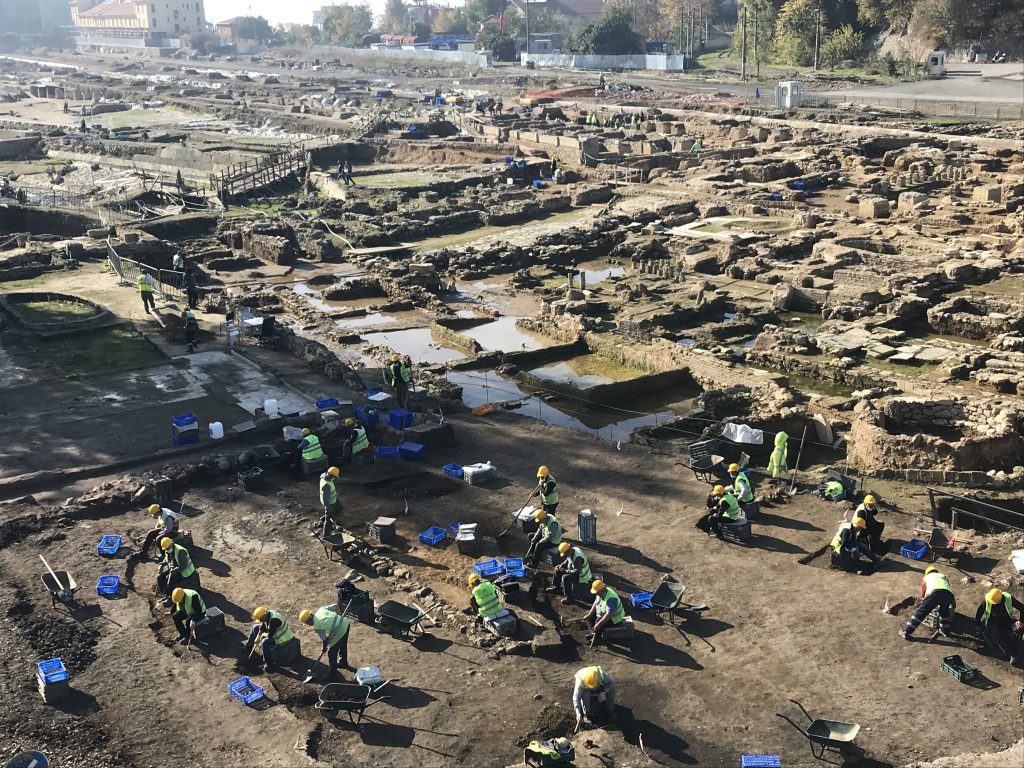
In the 2020s excavations were carried out beside the station, uncovering extensive remains of the old Calchedon.
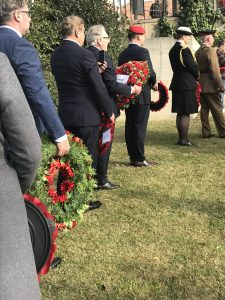
As ferries sail towards Haydarpaşa and Kadıköy from the European side of the city they pass a long breakwater which makes a good fishing spot for cormorants, herons and seagulls. In the middle of it the marble Abdülhamid II monument was erected to mark the 25th anniversary of the sultan’s reign in 1902. Passengers also get to see a building with two thin clocktowers on either side of its grand entrance. It was designed in Neo-Ottoman style in 1894 by Raimondo d’Aronco and Alexandre Vallaury to house the Imperial School of Military Medicine and the two towers were actually the minarets of its mosque. It now serves as the medical faculty of Marmara University. 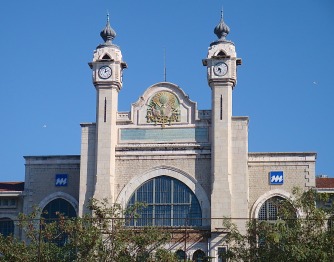
Behind this building lies a little piece of England in the form of the Crimean War Cemetery where British and Commonwealth soldiers who died of their wounds in the hospital in the nearby Selimiye Barracks were laid to rest. Later, some of those who died at Gallipoli were also buried here, as were unfortunates who drowned nearby. It is the setting for a service of commemoration on Remembrance Day (11 November) every year.
Here, too, you will find the graves of some 19th-century expat residents of the city as well as the relocated gravestone of Edward Barton, Queen Elizabeth I’s second ambassador to the Ottomans, who died here in 1597 and was originally buried on Heybeliada.
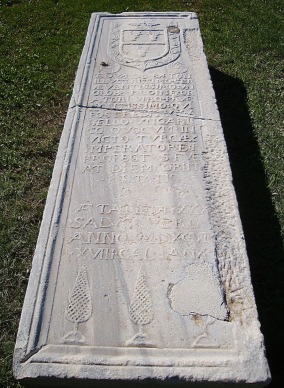
Nearby areas
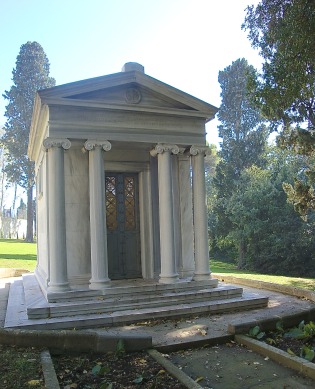 A little piece of England – the Crimean War Cemetery
A little piece of England – the Crimean War Cemetery


